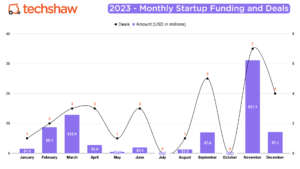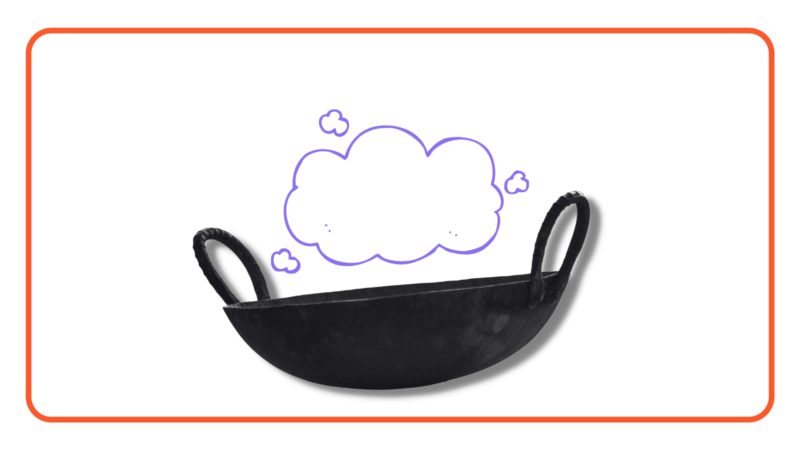If you’ve ever sat in front of your computer, adding items to your cart and just getting close to the checkout button, but had to stop yourself due to your budget, then buy now pay later is for you.
While this payment method has been around for years, its popularity increased during the pandemic as more and more people turned to online shopping.
What is buy now, pay later, a.k.a BNPL?
The name is pretty much self-explanatory. You buy something, and you pay for it later.
Okay, so doesn’t this sound like what a credit card does? Or easy monthly installment plans? Well, not entirely.
The concept is essentially the same, but the business model is different.
Credit cards have interest rates. When you buy something, you have to clear the balance on the card within a certain period. Interest kicks in if you don’t pay it off in time. That’s how banks make their money.
In installment plans, the seller may charge you a certain percent over the item’s price and may ask you for a guarantor so that they can recover the amount if you fail to make payments.
BNPL offers the best of both worlds: little or no interest and equal installments without the need for a guarantor.
Your purchase is divided into multiple equal payments over time. The remaining installments are deducted from your card (debit or credit) until the entire amount is paid.
Pay in 4 is the most common way to pay with BNPL. Four equal payments are made over four months. And there may or may not be interest charges depending on the BNPL provider.
How does buy now, pay later work?
You opt for the option to break up your payment into installments at the checkout of any e-commerce store that has third-party BNPL enabled.
The BNPL provider will ask for your card information and charge you the first installment on your card.
After the purchase, the BNPL provider will pay the merchant upfront, so your product gets shipped to you right away. Then you pay the BNPL provider directly every month.
Say you purchase something worth Rs. 50,000 and choose to pay in four equal monthly payments. You will pay 12,500 at checkout and have three remaining payments of 12,500 in each of the following months.
You won’t be charged interest if you make your payments within the installment period. In contrast to purchases made with a credit card, where interest accrues every month, the balance is not cleared.
Should you buy now, pay later?
The question of whether you should choose the buy now pay later as a payment method essentially depends on your spending habits. The ease and convenience of the plan may lead to overspending.
You should look for a BNPL that charges zero or minimal interest so the cost of monthly payments is low and the amount can be quickly repaid.
If you’re considering BNPL, you can weigh the pros and cons to see if it’s right for you.
Pros of BNPL
- It splits your payments. You can buy an expensive item without having to pay for it in one go.
- It is easier to apply for BNPL than for a credit card. Someone who does not have a strong credit profile can qualify for the BNPL payment plan.
- You can choose a payment plan according to your budget.
- It is simple, and the payment plan can easily be applied at checkout.
Cons of BNPL
- There could be extra charges like a processing fee depending on the kind of plan you choose.
- Having the option to pay for an item over time could lead to overspending.
- BNPL does not offer rewards or cash-backs like credit cards.
Buy Now, Pay Later in Pakistan
Over 90% of the e-commerce transactions in Pakistan are cash-on-delivery. Credit cards are not widely used in Pakistan, online or offline, but debit cards are.
State Bank of Pakistan reports that 30 million debit cards are in circulation as of June 2021, reflecting an increase of 11.8% year-over-year.
It’s not surprising that Pakistani startups have stepped forward to provide this much-needed payment option to the Pakistani market when debit cards are increasing in circulation, and spending habits are changing.
There is KalPay based in Lahore and QisstPay from Islamabad.
With KalPay, you can split your payment into three monthly installments. You are required to pay one-third down and the rest in two monthly installments.
To use Kalpay, you will need a computerized CNIC, verifiable number, and email. It doesn’t charge any fees unless you are late with your payment.
KalPay hasn’t raised any outside funding and is less known in the market.
QisstPay, on the other hand, is more visible and has gained quite a bit of popularity as of late, especially since it raised $15 million in September.
On the QisstPay app, you can browse many apparels, electronics, and home stores.
In order to sign up, you will need to provide a verifiable phone number and email address. Your CNIC is not required, and there is no credit check.
The only information QisstPay is interested in is confirming you are a real person. Also, there are no late payment charges.
In case you are having difficulty making payments on time, you have the option to defer the payments.
So, how does QisstPay make money?
QisstPay makes money by charging sellers for being on the platform. With access to a marketplace, sellers can generate more sales, resulting in a recurring customer base.
It’s a win-win.
The percentage QisstPay charges depends on the sellers’ sales volume, order value, and risk profile.
Merchants who violate QisstPay’s terms are given 30 days’ notice before being removed from the platform.
What’s next…
BNPL is still fairly new in Pakistan. And it’s riding the global wave in the changing consumer habits.
We’ll have to wait and see how this platform affects consumer behavior.
Use BNPL wisely, and you’ll find it helps you manage your money. However, if your money management skills are anything like mine, you may overspend.







